Arabic music, also known as Arab music, is the music of the Arab world, consisting of a wide range of musical styles and genres. Arabic countries have a diverse range of musical styles as well as linguistic dialects, with traditional music unique to each country and area. Takht (Arabic for “bed”) is the name given to the standard Arab ensemble. The ensemble’s composition varies, but it usually consists of the ‘oud, qanun, nay, kamanja, riq, and darbuka, which are all melodic instruments.
Male and female vocalists are welcome to join the group. The Takht ensemble uses quarter tones, in addition to whole and semi-tones. It gives it a distinctive and melodramatic appearance.
Here are the instruments in the traditional Arabic ensemble or Takht:
The Oud
The Oud is a short-neck pear-shaped stringed instrument in the Arabic ensemble with 11 strings grouped in six courses. This instrument has 5 or 7 courses with 10 or 13 strings in some of its variations.
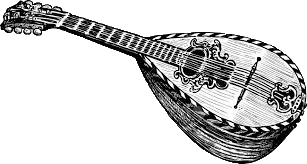
The Ney
The Ney is a flute made of reed or cane with five or six holes for fingers and one hole for the thumb. It is the wind instrument of the Arabic ensemble or Takht.
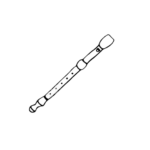
The Qanun
The Qanun is known for its distinctive melodramatic sound in the Takht or Arabic ensemble. It quite often looks like a zither or harp and has a thin soundboard shaped like a trapezium.
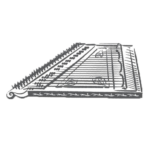
The Riq
The Riq is an instrument of the Arabic ensemble. Riq has a wooden circular frame that is wrapped with goat or fish skin. The frame of this instrument is decorated with special wood, ivory or mother-of-pearl. The riq is similar to the tambourine.
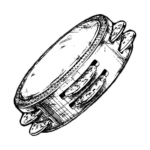
The Kamanja
The Kamanja is a bowed string instrument of Iran that is played in the Takht using a variable tension bow. This instrument is included in UNESCO’s list of ‘Intangible Cultural Heritage’ List in 2017.
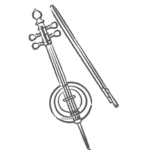
The Darbuka
The Darbuka is a type of drum that is known for its goblet-shaped body. The daburka requires the player to use quick, light-fingered strokes which are known for their quick rhythms. The daburka is played under the arm or sideways on the musician’s leg in the Takht and has a single head membranophone.
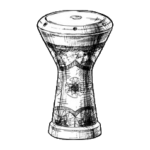
Nasma of NY would like to give a hearty shoutout to one of our students Angie Assal who started her business – Sound Of Mazzika. She runs the business of making beautiful jewellery with Middle Eastern Instruments. Make sure you check out her unmissable collection.
Want to learn Levantine Arabic? Check out Nasma Of NY’s Levantine Arabic, Made Easier podcast on iTunes, Android and Spotify.

